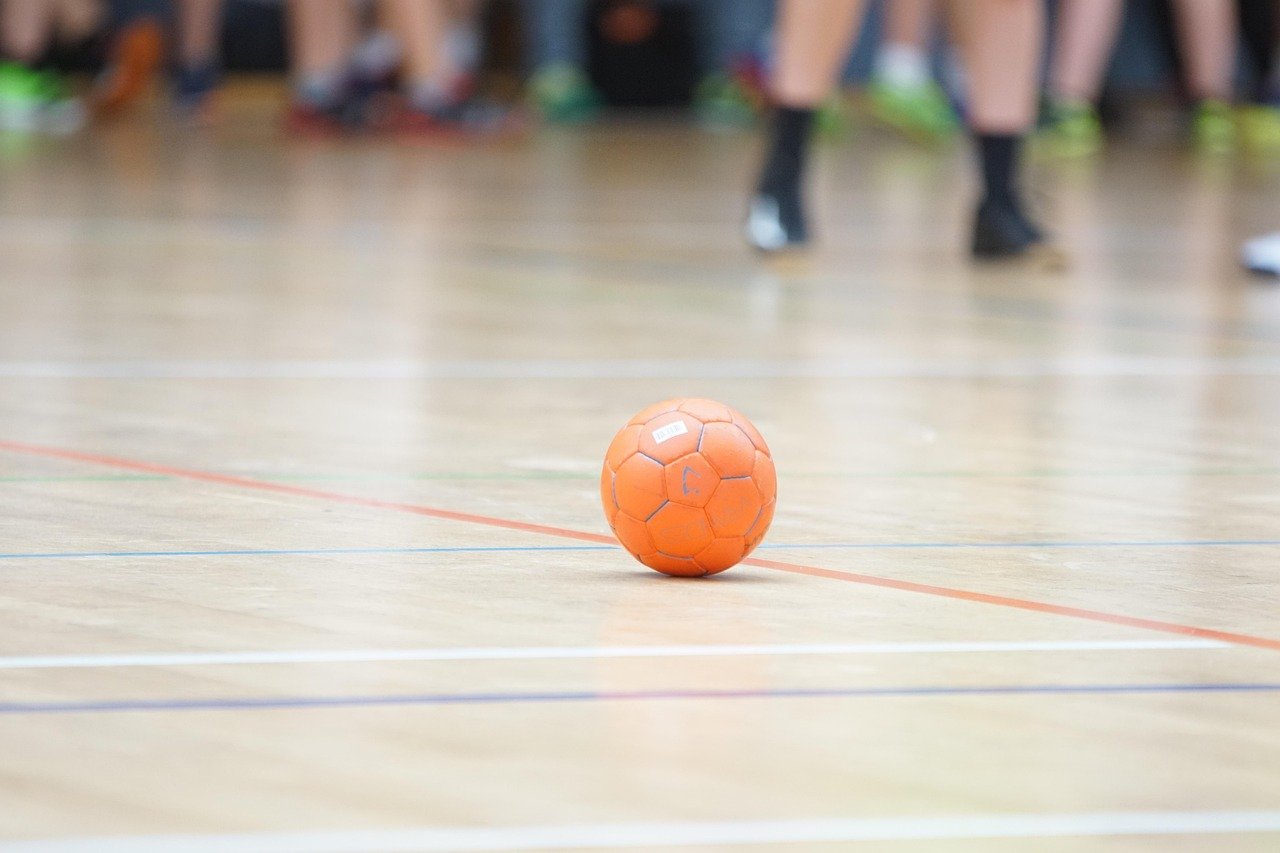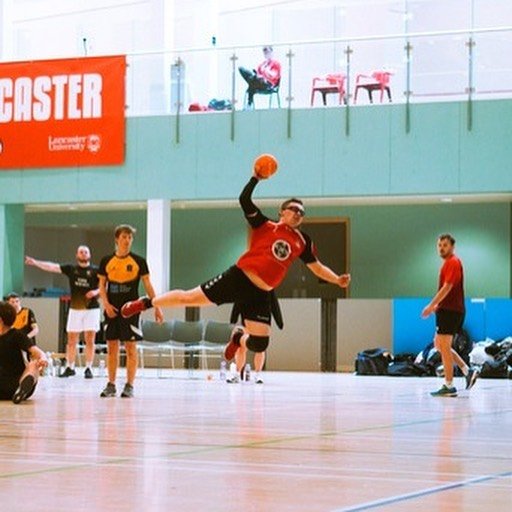Time-outs in handball are more than just a chance to catch your breath. They are a powerful tactical tool that can change the course of a game. Knowing when to call a time-out and how to use it effectively can give your team a strategic advantage, whether it’s to stop an opponent’s momentum, reorganise defence, or prepare for a crucial offensive play.
In this guide, we explore the purpose of time-outs, analyse strategies used by elite teams, and provide practical advice for coaches and players.
The Purpose of a Time-Out
A handball time-out can serve multiple purposes:
- Halting momentum: Stopping an opponent who is on a scoring run.
- Reorganising tactics: Adjusting defensive formation or planning an offensive play.
- Psychological reset: Helping players regain focus under pressure.
- Communication: Giving the coach time to relay key messages and clarify roles.
Each purpose requires careful timing and clear instructions to be effective.
When Coaches Typically Call Time-Outs
1. Defensive Crises
If the team is conceding multiple goals in quick succession, a time-out can halt the momentum and allow defensive adjustments.
2. Offensive Planning
When approaching a crucial phase of the game, a time-out can provide a brief window to plan set plays, especially during 7v6 situations or power plays.
3. Managing Player Fatigue
Fast-paced matches can wear players down. Coaches may use time-outs to provide recovery, especially for wings and backcourt players who cover the most ground.
4. Late-Game Situations
In close games, time-outs are often strategic:
- To stop the clock
- To ensure the team executes a final play correctly
- To calm players and maintain composure under pressure
How Elite Coaches Use Time-Outs Effectively
Top teams such as Denmark, Norway, and France demonstrate that the effectiveness of a time-out is not just about the pause itself but how it is used:
- Clear Instructions: Coaches give concise, actionable directives instead of long speeches.
- Targeted Adjustments: Focus on one or two key issues, like defensive positioning or passing options.
- Psychological Boost: Time-outs are also used to calm nerves or motivate players.
- Observation: Coaches use time-outs to analyse opponents and adjust tactics on the fly.
Practical Tips for Coaches
- Plan Ahead: Have pre-prepared defensive and offensive adjustments for likely game scenarios.
- Communicate Clearly: Avoid overloading players with information; focus on priorities.
- Use Time Wisely: Don’t waste time-outs early in the game unless strategically necessary.
- Engage Leaders: Use team captains to reinforce messages and ensure players understand roles.
- Monitor Reactions: Observe players’ body language and morale during the time-out to adapt your message.
Conclusion
Time-outs in handball are a powerful tactical and psychological tool. Used correctly, they can stop opponent momentum, reorganise a team, and give players a mental reset. Watching how elite coaches manage these moments offers valuable lessons for players and coaches alike.
By understanding the when and how of time-outs, teams can gain a competitive edge in both club and international matches.



